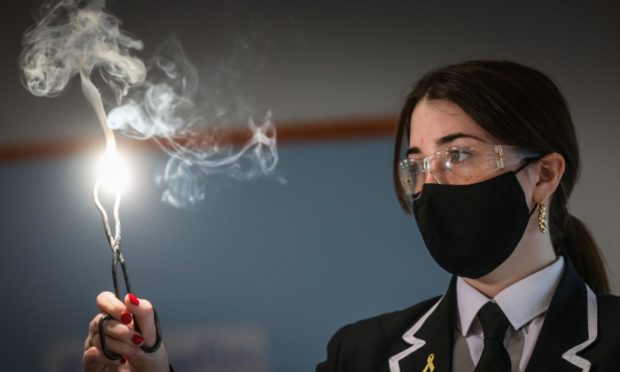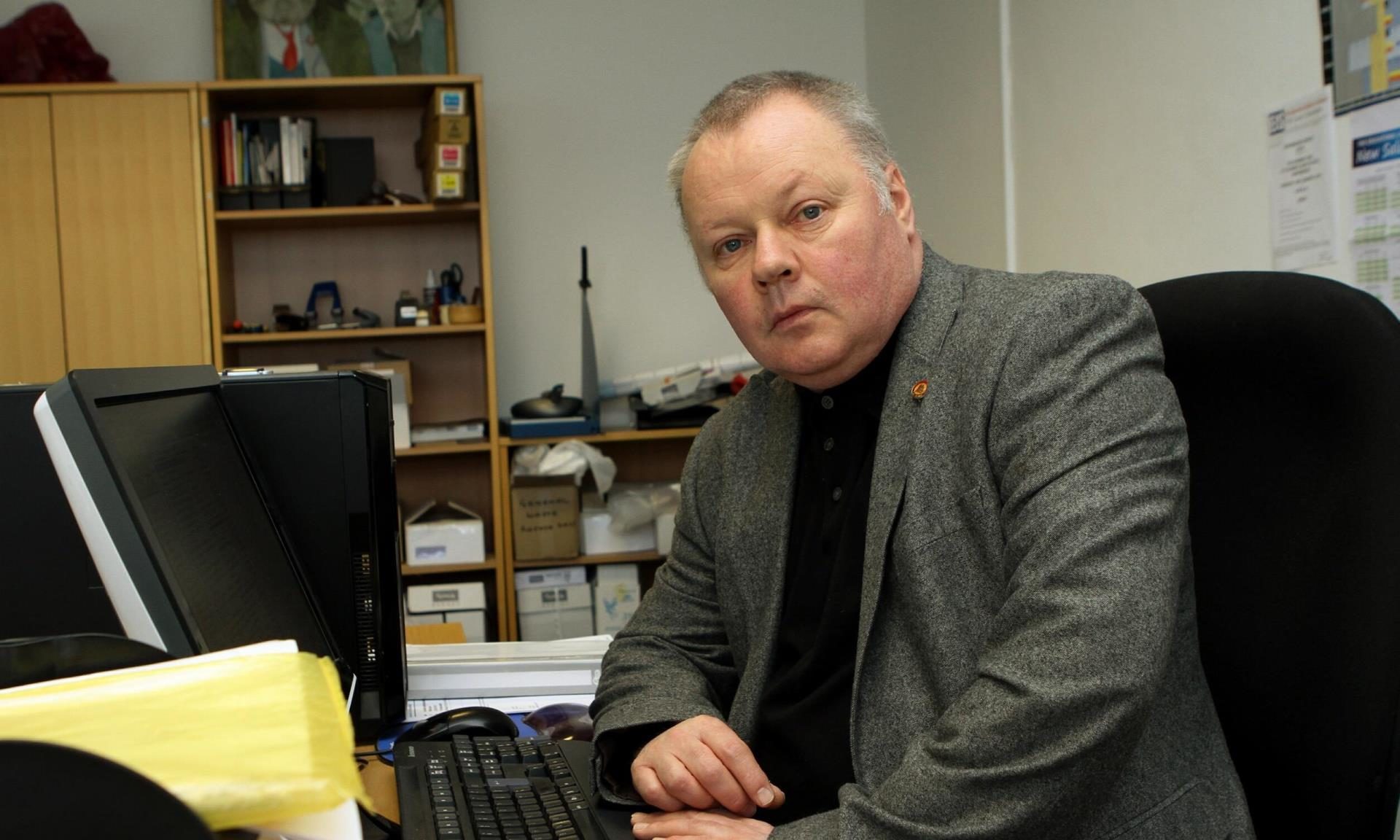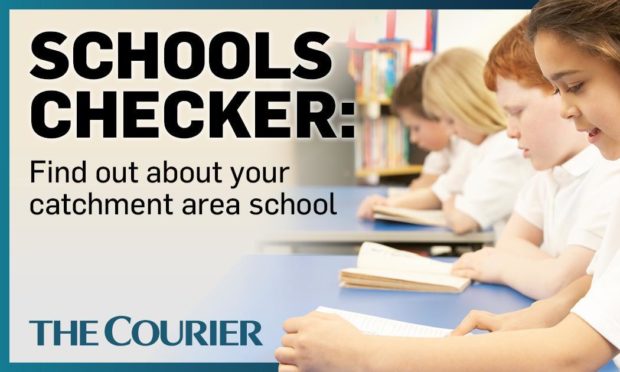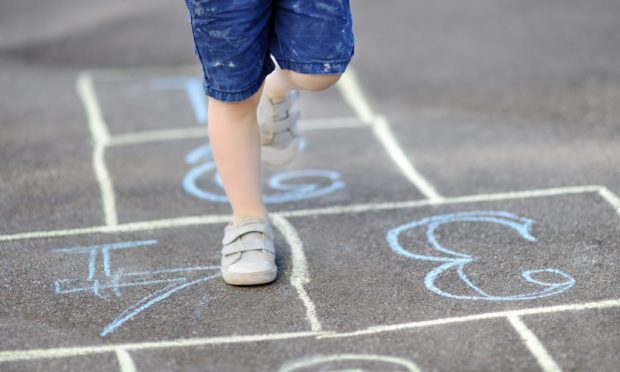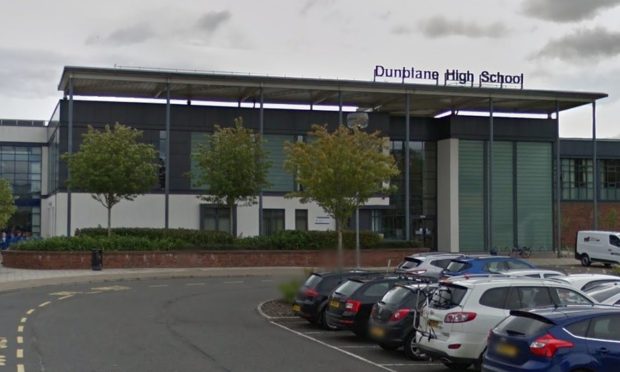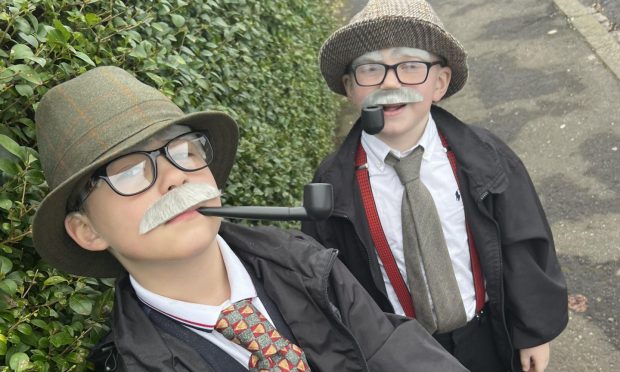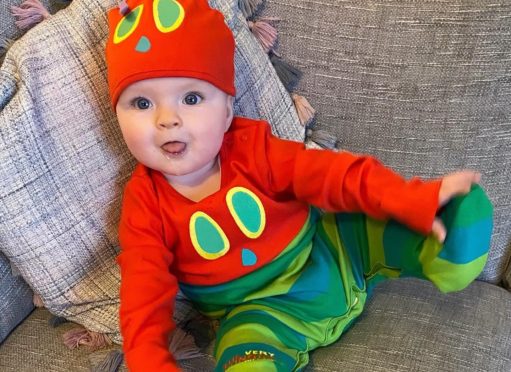A phased return to school will begin after this month’s mid-term break, providing sufficient progress has been made in tackling coronavirus.
For P1 to P3 children and those in early learning and childcare settings the message is clear that they will be back in class full-time from February 22.
But for senior secondary school pupils who may be heading back part-time, it is less cut and dry what Tuesday’s announcement from the First Minister means.
The Scottish Government says that from February 22 “very limited” numbers of pupils in S4-6 will be able to complete in-school practical work “essential for completing national qualifications” on a part-time basis.
WATCH: Phased returns, blended learning and testing – Back to school plans confirmed for February 22
Two-metre physical distancing for adults and pupils in secondary schools will be required.
Updated guidance will be published, but until then parents, pupils and even teachers remain in the dark over who will be in secondary schools and when.
Fife secondary school teacher and union representative David Farmer said: “There’s still a number of questions to be answered.”
Mr Farmer is publicity offer for the Educational Institute of Scotland Fife local association and said teaching colleagues were unsure which pupils would attend school from February 22.
He said: “They talk about kids coming in to do practical work.
“Our assumption would be that would involve practical subjects, for example, art, PE, CDT (craft, design and technology), home economics, music, but we are not sure.
“Would it mean kids coming back in to do lab work in science?”
Pupils already in school
Some children – those of key workers and vulnerable youngsters – are already in school, and have been since early January.
Nationwide, 7.4% of pupils were in school on January 26 – the most recent data available – but in Dundee and Angus attendance is significantly higher, at 14.6% and 10.2% respectively.
School attendance: How many pupils are in Tayside and Fife schools?
In secondary schools attendance is lower – 3.1% nationwide, 5.3% in Angus and 5.5% in Dundee – than it is in primary schools and special schools.
Mr Farmer said: “The kids all currently at schools in bubbles will still be there, so what steps are going to be taken to make sure everyone is as safe as they can be?
“I would expect there would need to be further risk assessments as to how these two groups of pupils who will be in schools will be protected.”
“It could mean a more substantial number of kids than perhaps people might first assume.”
David Farmer, EIS Fife
Nicola Sturgeon said it was intended no more than 5% to 8% of any school’s pupils would be in at one time for practical coursework.
But Mr Farmer said: “It could mean a more substantial number of kids than perhaps people might first assume.”
He said more detailed guidance than has previously been provided is needed from the Scottish Government to ensure that schools apply the rules consistently.
He said: “We would hope that when the Scottish Government issues the detailed advice that it’s not open to subjective interpretation.
“We would be looking for more detailed advice from the government than that around the return in August. There was a detailed document then but it was often applied inconsistently.
“It’s good to get kids going back to the school, that’s something that everyone – ourselves, parents, the government, councils – wants. But we want it to be done in as safe a way as possible.”
Schedule
The government’s schedule published for the first phase of the school return is:
- February 22 – full-time return for pre-school children in early learning and childcare settings and P1-3 children;
- February 22 – part-time return for senior phase pupils – S4, S5 and S6 – on a limited basis, for essential in-school practical work only;
- February 22 – small increase for additional support needs where there is a demonstrable and immediate need.
This will be confirmed on February 16, when further mapping out of the phased return for other year groups is expected.
